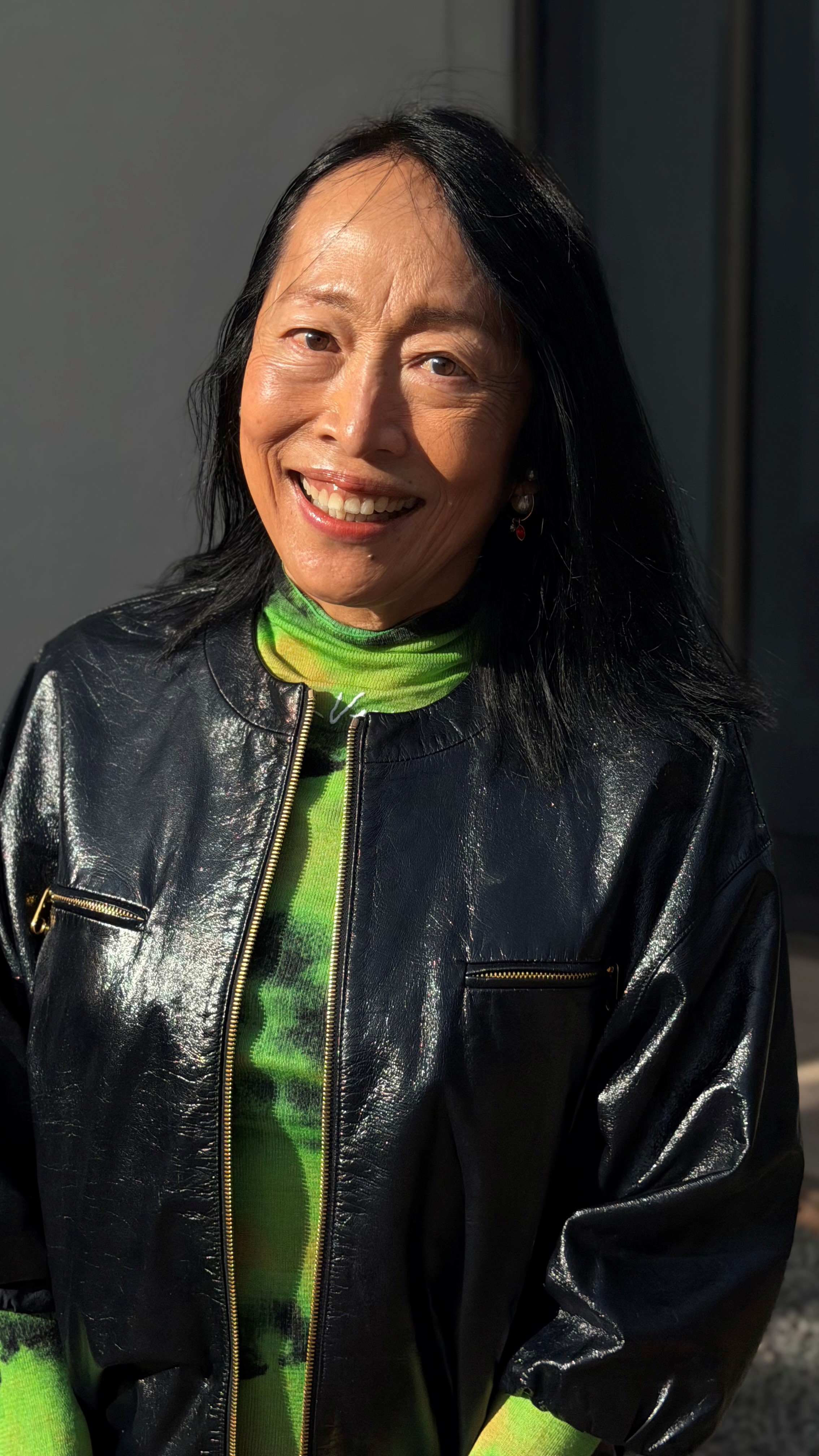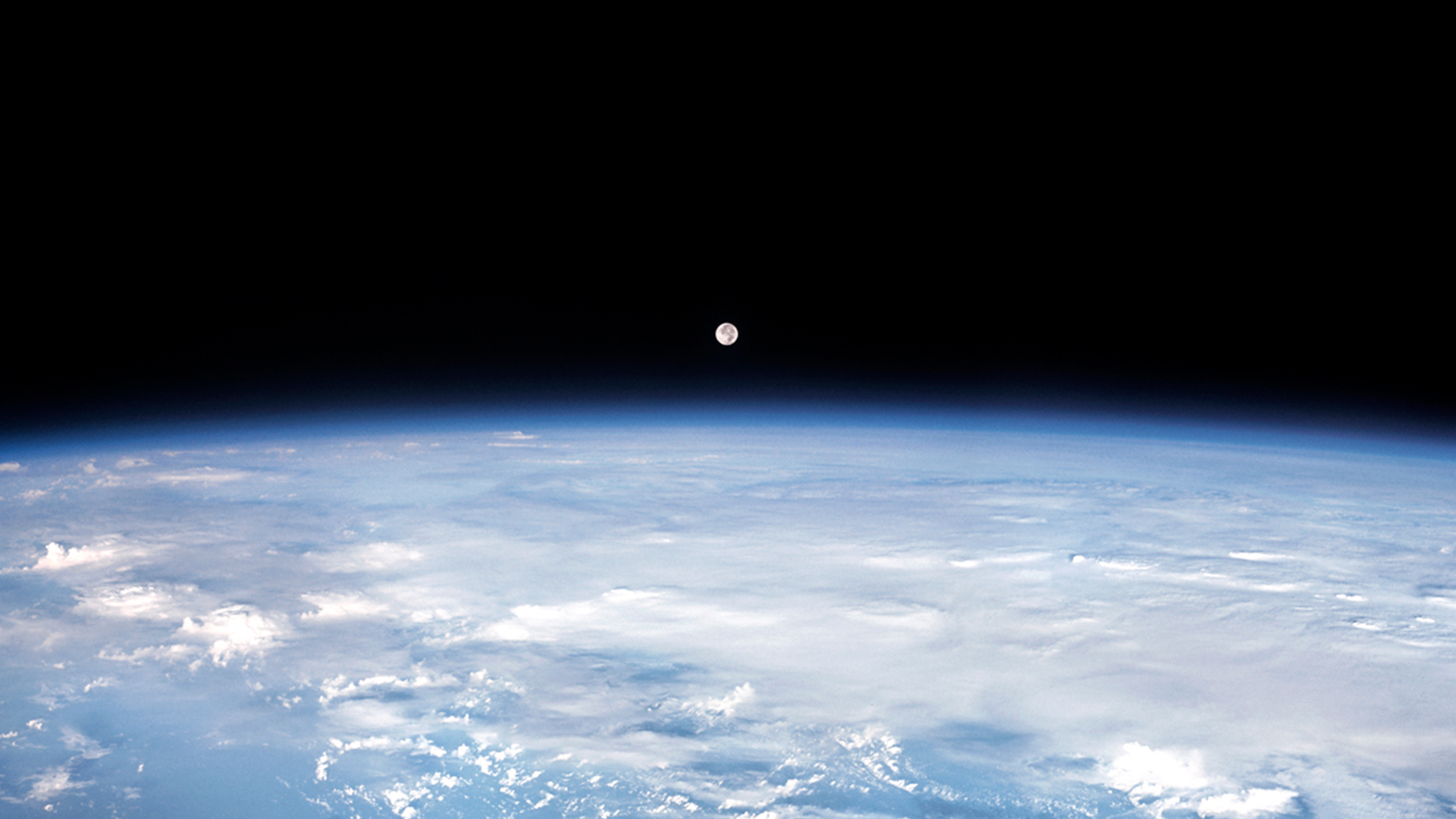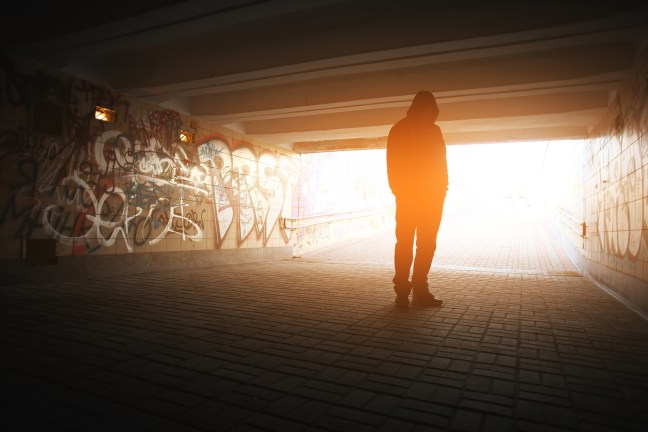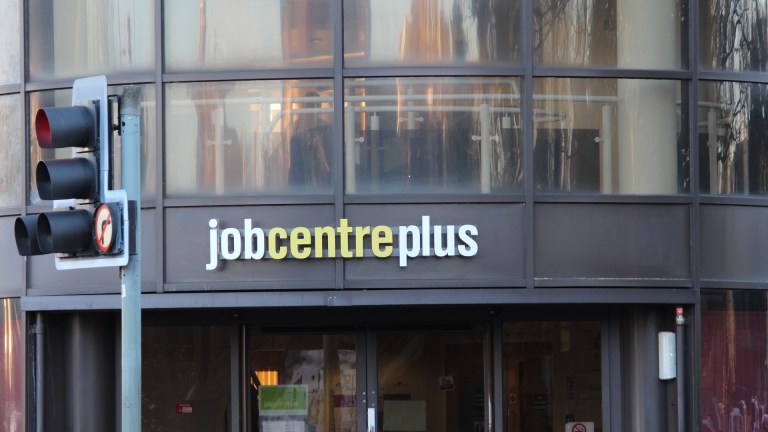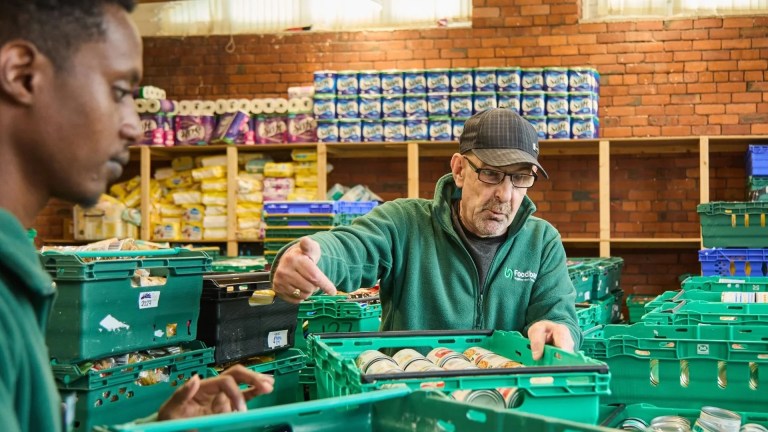Read more:
That question led us to write Is Anybody Out There? – a song that began as a simple, heartfelt call across the void. We used the haunting sound of the duduk, a traditional Armenian woodwind instrument, as the song’s central voice. Its cry felt human, yet distant, like a message sent into the cosmos, searching for connection.
But this wasn’t about alien life. It was about us and about reaching for something new when the old ways no longer work. It was a plea for innovation, for healing and for hope.
From that seed grew something much larger: the Lim Cosmic Rhapsody for Piano and Orchestra, composed by Manu Martin, who joined our team to help bring our vision to life. It became a full-scale musical journey with incredible talent like Jean-Yves Thibaudet, The Royal Philharmonic Orchestra and The London Voices – and it explored not just the crisis on Earth, but the possibility of finding answers beyond it.
At the emotional centre of this project sits another song, Star Among the Cosmic Clouds. We wrote it during the height of the pandemic when the world felt small and fragile. The lyrics draw from the famous idea that “we are stardust”, first sung by Joni Mitchell in Woodstock. It’s a reminder that everything, from the stars above to the cells in our bodies, is connected.
The song also carries a scientific truth. The very elements that built life on Earth – carbon, iron, oxygen – were born in the hearts of stars. Those same materials still drift through the universe, carried in clouds of cosmic dust. Within that dust lie minerals and elements that could one day help sustain life again. In other words: the solutions to our problems might already be out there, waiting to be found.
Sometimes, the most powerful creative moments happen when despair and hope collide. That tension gave birth to Cosmic Rhapsody – not just as a piece of music but as a story. It’s about how humans, faced with crisis, can still find beauty and purpose in the unknown. It’s about looking up when everything around us feels like it’s falling down.
We wanted to take complex science – astrophysics, chemistry, the search for new worlds – and turn it into something people could feel. Something you don’t need a degree to understand. That’s what music can do: take the vast, confusing, terrifying ideas about the future and turn them into something that moves your soul, beats with your heart and reminds you that you’re part of it all.
Susan Lim was one of the world’s leading transplant surgeons in the world (since retired). She had a specific interest in AI and the use of robotics in transplant surgery. She has since formed a creative collective called LIM where she aims to use music to discuss issues relating to science, space and her belief that both can help save humankind and the environment.
Their project is called Cosmic Rhapsody and was recorded at Abbey Road Studio with the Royal Philharmonic Orchestra, The London Voices and a variety of vocalists.
Do you have a story to tell or opinions to share about this? Get in touch and tell us more.
Change a vendor’s life this Christmas.
Buy from your local Big Issue vendor every week – or support online with a vendor support kit or a subscription – and help people work their way out of poverty with dignity.
